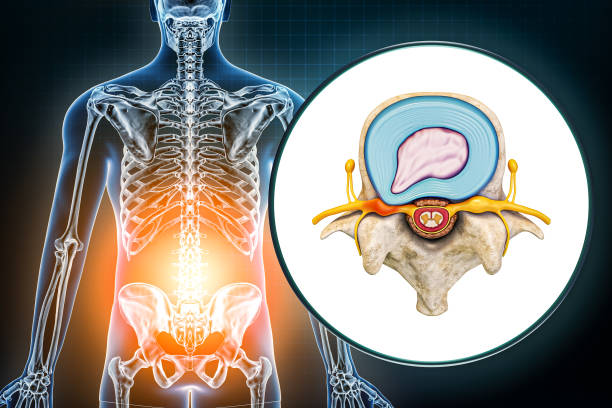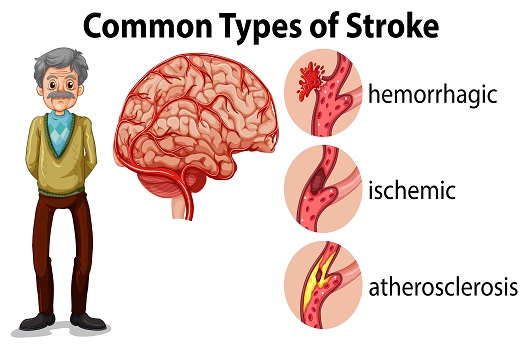
Frozen Shoulder
Frozen shoulder, also known as adhesive capsulitis, is a condition characterized by stiffness and pain in the shoulder joint. It typically progresses through stages and can significantly limit the range of motion in the affected shoulder.Here’s an in-depth look at frozen shoulder:
Causes and Risk Factors
- Primary (Idiopathic) Frozen Shoulder: The exact cause is unknown.
- Secondary Frozen Shoulder: May result from an injury, surgery, or another condition such as diabetes, thyroid disorders, cardiovascular disease, or prolonged immobilization of the shoulder.
- Risk Factors: Age (40-60 years), gender (more common in women), and systemic diseases like diabetes.
Symptoms
Frozen shoulder typically develops gradually and in three stages:
- Freezing Stage: Gradual onset of pain that worsens over time, leading to decreased range of motion. This stage can last from 6 weeks to 9 months.
- Frozen Stage: Pain may begin to diminish, but the shoulder becomes stiffer, severely limiting movement. This stage can last from 4 to 12 months.
- Thawing Stage: Gradual return of shoulder movement, with a decrease in pain and stiffness. This stage can last from 6 months to 2 years.
Diagnosis
Diagnosis is based on:
- Medical History: Reviewing symptoms and potential risk factors.
- Physical Examination: Assessing pain levels and range of motion.
- Imaging Tests: X-rays to rule out other conditions such as arthritis; MRI or ultrasound to assess the soft tissues and confirm the diagnosis.
Treatment
Treatment focuses on relieving pain and restoring movement through a combination of non-surgical and, in some cases, surgical approaches.
Non-Surgical Treatments
- Pain Relief: Over-the-counter pain relievers such as acetaminophen or NSAIDs (e.g., ibuprofen).
- Physical Therapy: Gentle stretching and range-of-motion exercises to improve flexibility and strength.
- Heat and Cold Therapy: Applying heat or cold packs to reduce pain and inflammation.
- Steroid Injections: Corticosteroid injections into the shoulder joint to reduce inflammation and pain.
- Hydrodilatation: Injection of a large volume of saline into the joint to expand the joint capsule and improve movement.
Surgical Options
- Manipulation Under Anesthesia: The shoulder is moved through its range of motion while the patient is under anesthesia to break up adhesions.
- Arthroscopic Surgery: Minimally invasive surgery to remove scar tissue and adhesions from inside the shoulder joint.
Prevention
While not all cases of frozen shoulder can be prevented, certain measures can reduce the risk:
- Early Mobilization: After shoulder injuries or surgeries, start gentle range-of-motion exercises as soon as possible.
- Regular Exercise: Keeping the shoulder joint active and maintaining flexibility.
- Managing Underlying Conditions: Proper management of conditions like diabetes that can increase the risk of frozen shoulder.





